Building Up Ireland: professional insights from the construction sector in 2023
Contents |
[edit] Forward
This report provides a snapshot of the unique aspects of Ireland and Northern Ireland's construction industry, offering valuable insights into market trends, regulatory frameworks, and future prospects. The report serves as a useful resource for understanding the changing nature of construction sector in Ireland and Northern Ireland and the potential it holds for sustainable economic advancement.
The report focuses on the short, medium, and long term challenges facing the sector, and makes a series of policy recommendations on the basis of the data gathered.
[edit] Introduction (extract from report)
Ireland’s emergence from the 2008 financial crisis has been a long process. Consecutive years of cuts to public spending and increases in income and other taxes depressed economic activity in the crisis’ aftermath. The construction sector was the hardest hit of all, concurrently reeling from the effects of a burst housing bubble. A massive shedding of jobs led to a major loss of skills and experience. People with knowledge built up from years of training and working in the sector could no longer find employment, and many emigrated. Unsurprisingly, when the economy eventually began to recover the sector had a hard time in meeting the demands that were being placed on it (TASC & CIOB, 2021).
The picture for construction in Ireland in 2023 is quite different. With the sector having experienced a resurgence over the last decade and a remarkable bounce back since COVID-19, there is once again high demand for construction, driven largely by infrastructure and non-residential building. Dovetailing with Ireland’s National Development Plan, the continual demand for development means the Government has an opportunity to put in place a long-term pipeline of projects to secure an historically economically cyclical sector.
It is, therefore, essential that working in construction remains an attractive career path. In a world of declining manufacturing employment and the increase of often precarious and poorly paid service jobs, construction work offers a path to improved living standards. At a macro level, it facilitates social mobility. Despite advances elsewhere in the world of work, women remain a minority group in the sector, and the latest year of data shows a considerable drop compared to the previous year (CSO, 2021). However, in 2019, the sector recorded the highest share of women in construction in at least two decades at 7% of workers compared to 4% in 2000. With the world much changed since 2008, and the likelihood of an even more different one post-Covid, the future path of construction work is yet to be tread.
[edit] Executive Summary (extract from report)
This report begins with an economic snapshot of Ireland and Northern Ireland’s construction sectors using data sets from the Central Statistics Office (CSO), the Office of National Statistics (ONS), and Eurostat. While the data suggests the sector is on a secure footing in both Ireland and Northern Ireland, the industry may face contrasting fortunes in each country based on the respective states of Ireland and Northern Ireland’s economies. Following that, expert views gathered during a roundtable discussion with senior members of the CIOB covering short, medium, and long-term challenges facing the construction sector are presented. Themes arising include viability, the policy environment, the pool of labour, and the need for diversity in the sector. The report concludes with a series of policy recommendations based on the data presented.
This article is based on the CIOB research post and report of the same name "Building Up Ireland: Professional insights from the construction sector in 2023" dated, May 30, 2023.
--CIOB
[edit] Related articles on Designing Buildings
Featured articles and news
Editor's broadbrush view on forms of electrical heating in context.
The pace of heating change; BSRIA market intelligence
Electric Dreams, Boiler Realities.
New President of ECA announced
Ruth Devine MBE becomes the 112th President of the Electrical Contractors Association.
New CIAT Professional Standards Competency Framework
Supercedes the 2019 Professional Standards Framework from 1 May 2025.
Difficult Sites: Architecture Against the Odds
Free exhibition at the RIBA Architecture Gallery until 31 May.
PPN 021: Payment Spot Checks in Public Sub-Contracts
Published following consultation and influence from ECA.
Designing Buildings reaches 20,000 articles
We take a look back at some of the stranger contributions.
Lessons learned from other industries.
The Buildings of the Malting Industry. Book review.
Conserving places with climate resilience in mind.
Combating burnout.
The 5 elements of seiri, seiton, seiso, seiketsu and shitsuke.
Shading for housing, a design guide
A look back at embedding a new culture of shading.
The Architectural Technology Awards
The AT Awards 2025 are open for entries!
ECA Blueprint for Electrification
The 'mosaic of interconnected challenges' and how to deliver the UK’s Transition to Clean Power.
Grenfell Tower Principal Contractor Award notice
Tower repair and maintenance contractor announced as demolition contractor.








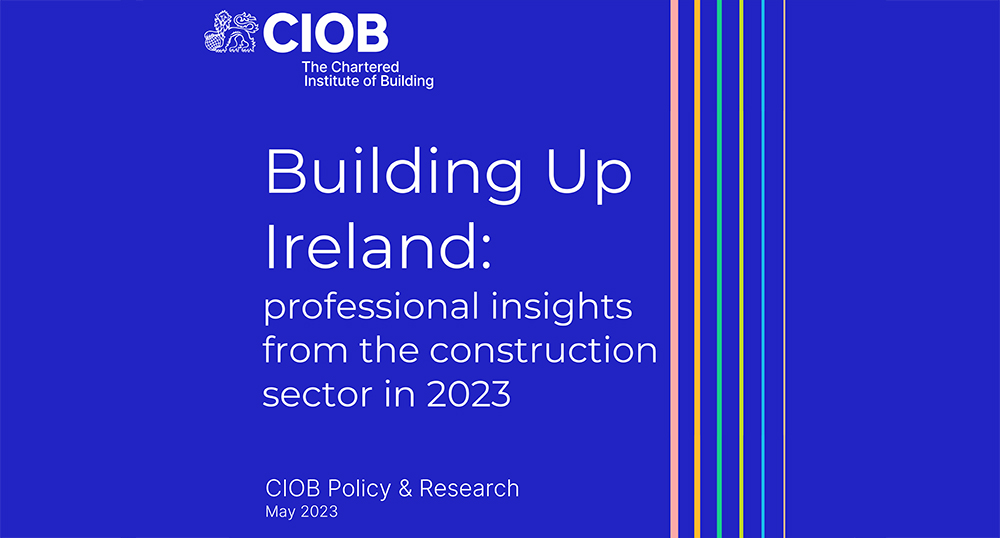







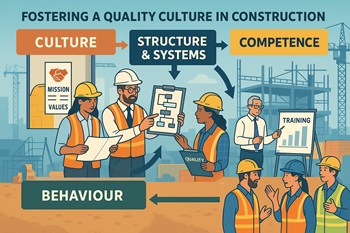
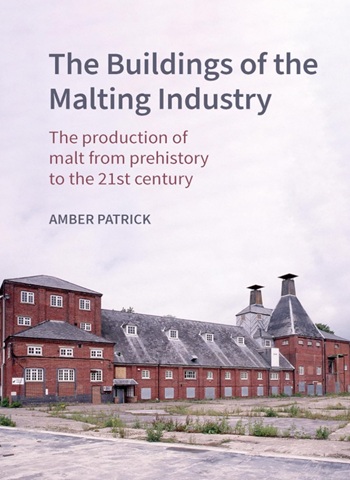


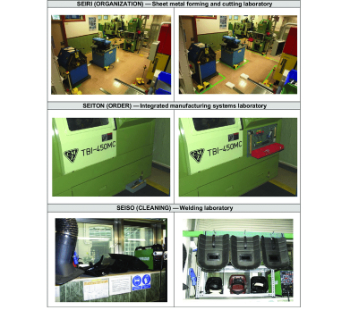



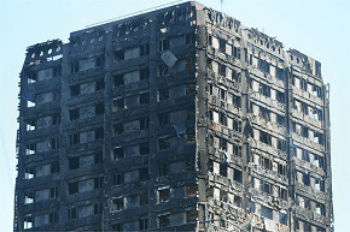
Comments
[edit] To make a comment about this article, click 'Add a comment' above. Separate your comments from any existing comments by inserting a horizontal line.